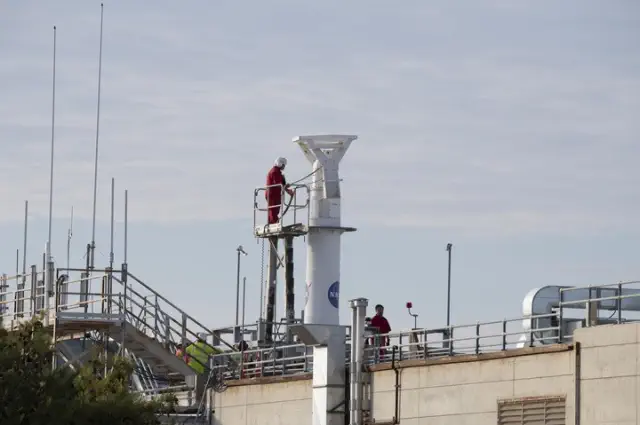Jay Levine
NASA Armstrong Public Relations Specialist
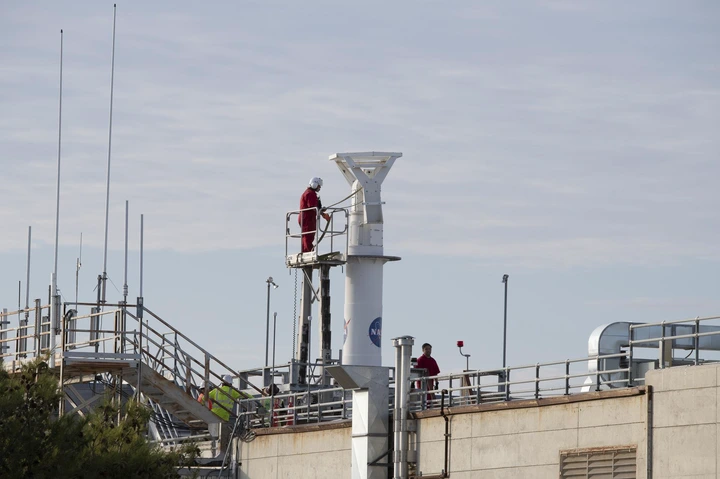
View pictures in App save up to 80% data.
What do the X-15 and the space shuttles have in common? Information from the rocket plane and the spacecraft, as well as many experimental aircraft, were tracked from a pedestal and telemetry dish during key eras in flight history at or near NASA’s Armstrong Flight Research Center in Edwards, California.
When the NASA facility’s administration Building 4800 was built in the 1950s, the infrastructure was included to anchor the rooftop pedestal and dish as the primary way to gather data from aircraft during flights. It was retired in 2015, but a recent roofing project enabled relocation of the artifact to a new place of honor for its support of many experimental aircraft such as the lifting body aircraft, the reverse swept wing X-29, and the highly maneuverable X-31.
"Collecting telemetry data from aircraft during missions is fundamental to our operations. One significant benefit of placing the telemetry antenna on the roof in the initial stages was its close proximity to the back ramp," explained Bob Guere, chief of NASA Armstrong Range Operations, while discussing the space where aircraft move from the hangar to the flightline. "This allowed us to conduct ground tests and evaluate the planes prior to taxiing without needing to rely on telemetry antennas located at a greater distance."
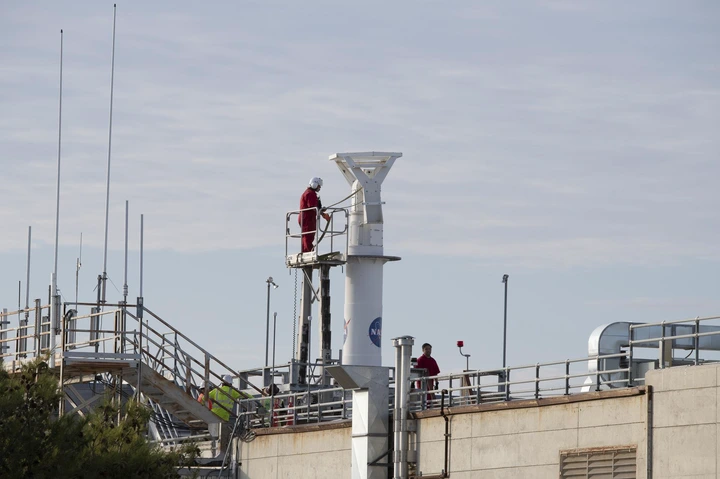
View pictures in App save up to 80% data.
The rooftop pedestal played a crucial role in the initial development of the center, and its renovation in 2003 revitalized its significance. This upgrade also involved obtaining certification to comply with the landing standards of the Space Shuttle Program.
“When a space shuttle was re-entering the atmosphere, it flew over Edwards,” Guere explained. “Telemetry antennas situated on the hillside near NASA Armstrong monitored the descent, capturing reflections against a backdrop of dirt and concrete. The rooftop antenna, positioned closer to the ground, had a clear view as the orbiter approached for landing, making it an ideal link for shuttle landings.”
The pedestal and dish remained in place after decommissioning due to expenses. Currently, using a helicopter to extract the pedestal from the roof has become the most cost-effective solution, especially as part of a larger initiative aimed at re-roofing Building 4800. According to Bryan Watters, the NASA Armstrong roof project manager, the planning for the helicopter lift of the pedestal took an entire month, in addition to the time required to secure airspace operations and landing permits from the Air Force for the removal project.
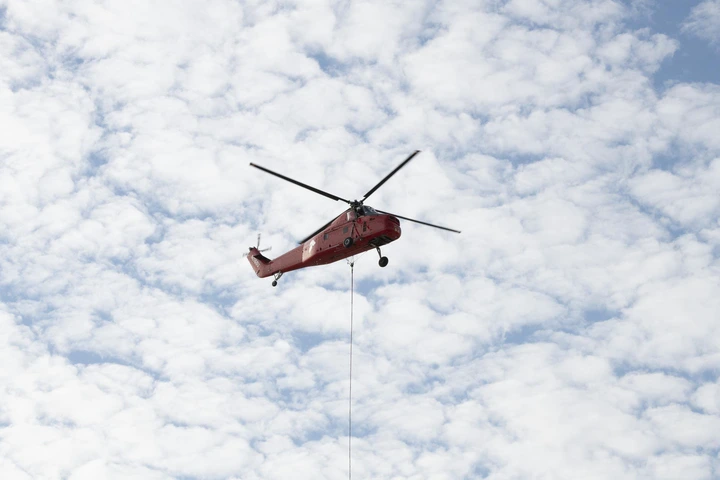
View pictures in App save up to 80% data.
The pedestal and riser stood 16 feet above the rooftop, supporting a mechanism that allowed the 12-foot dish to rotate. Together, the pedestal and dish weighed approximately 2,500 pounds and were taken down in separate operations. Before the helicopter's arrival on October 3, crews inspected the eight bolts securing the pedestal and dish to the roof's infrastructure.
The next day, following further briefings, the helicopter was stationed above Building 4800, where a cable was lowered and fastened to the pedestal. After ensuring it was securely attached, the helicopter gradually ascended, transporting its passenger to the southern side of the building. Once there, the passenger was detached from the cable and moved to a nearby warehouse for safekeeping. Meanwhile, roofers dismantled the steel platform that had supported the pedestal to ready the site for the installation of new roofing materials.
Authorities have yet to decide on the location for the pedestal's display. There are multiple possibilities for positioning the pedestal and dish alongside the renowned retired research aircraft showcased at the entrance of NASA Armstrong.
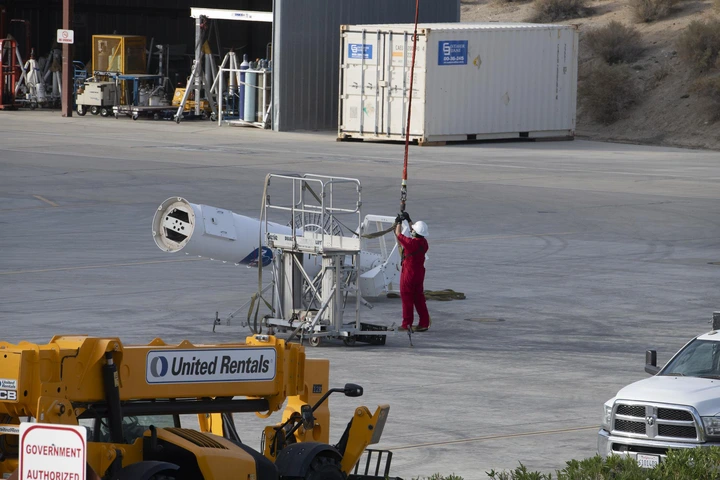
View pictures in App save up to 80% data.
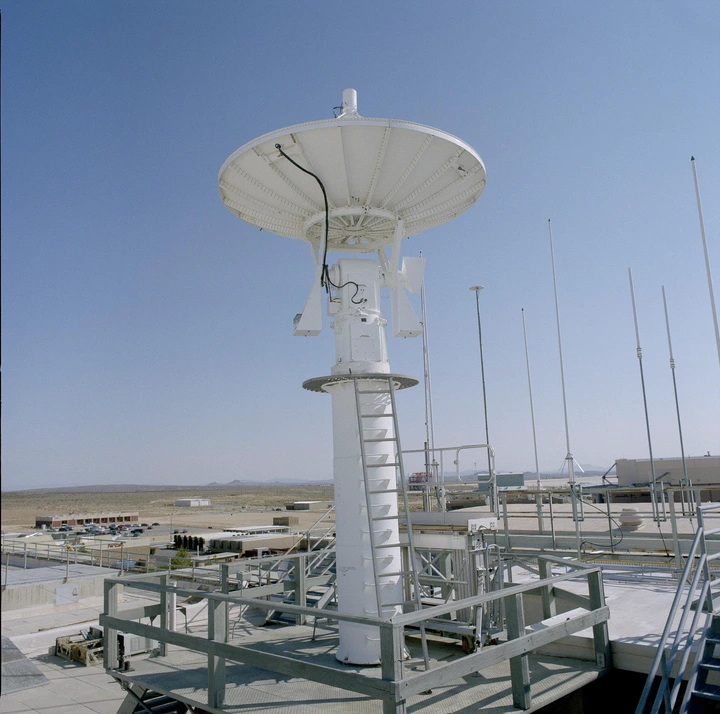
View pictures in App save up to 80% data.
